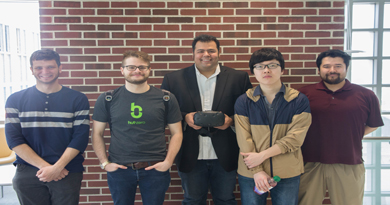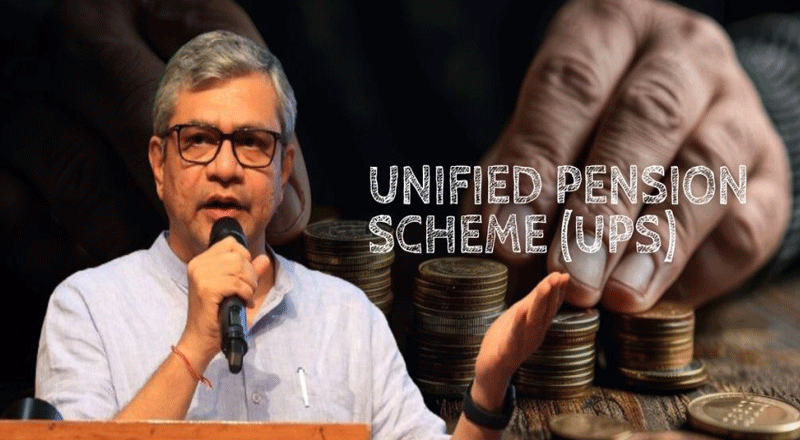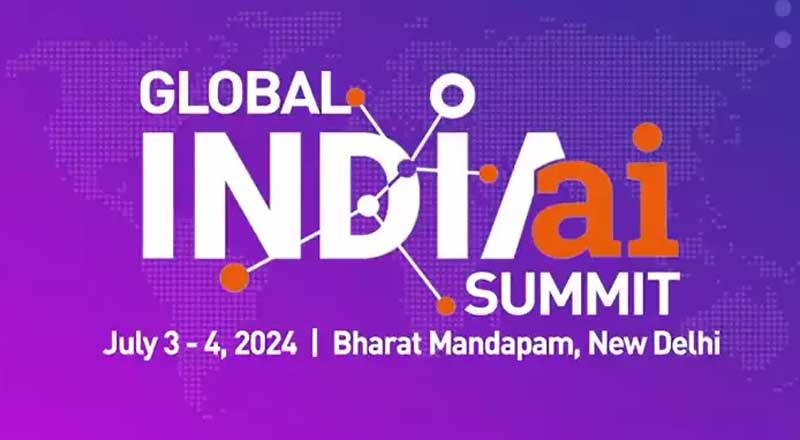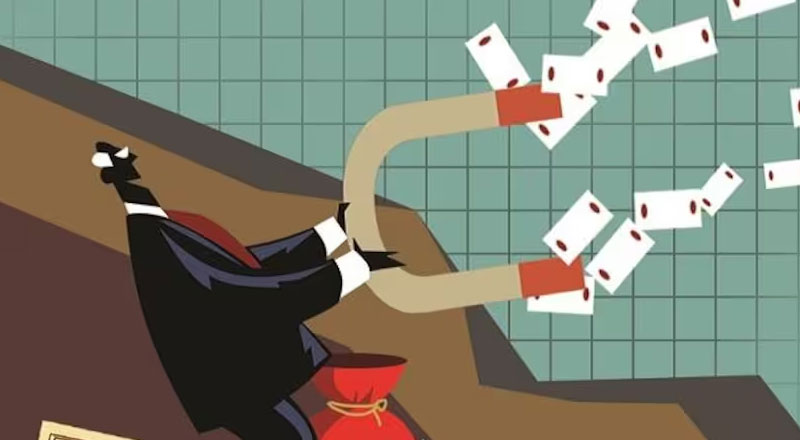Driven by a goal of engaging the public in scientific discovery, Gaurav Chopra, an assistant professor of chemistry at Purdue University partnered with ITaP’s Envision Center and Purdue students to develop a virtual reality video game that allows a player – even one with little knowledge of chemistry – to potentially discover a new treatment for disease by manipulating drug compounds into the binding pockets of protein “targets.”
The target proteins loaded into the game have been identified as playing some role in disease and finding a compound that inhibits or enhances their function may lead to an important advance in treatment. As the player rearranges the drug compound and docks it into the target protein, the game displays a score that represents how well the compound is binding to the target.
“People may or may not know anything about chemistry per se, but they can really feel as if they are inside the binding pocket and they can move molecules around, and they will be guided by the program from our lab, CANDOCK,” explains Chopra.
Because humans have an innate tendency to learn by feeling and exploring the environments around them, Chopra saw virtual reality as a natural platform for the game. He sought out the Envision Center, whose staff and students helped bring his idea to life. The game uses the center’s HTC VIVE, an immersive virtual reality headset and wireless hand controls that let a user receive haptic, or touch, feedback.
“We focused on virtual reality mainly because VR gives you a really intuitive sense of manipulation and in the field of drug design being able to visualize data is really important,” says Jordan McGraw, a first year graduate student in computer graphics technology, who helped design the game along with Wei Zhang and Brandon Stewart, undergraduates in computer science, and Jonathan Fine, a chemistry graduate student working with Chopra.
Chopra eventually hopes to make the technology available to anyone through a mobile application. High scores in the game – representing configurations that beat Chopra’s best computational predictions – will be tested by his biological “wet lab,” and the game user or team will be listed as a co-author on any resulting paper.
Even if none of the users succeeds in making a major breakthrough, data analytics from the players’ strategies will be used to enhance Chopra’s existing computational methods.





